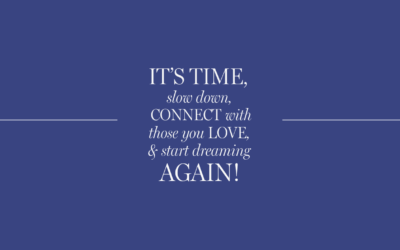For centuries, intellectual property has been protected, allowing for new works of art, inventions, and technologies to thrive and for their creators to benefit. We have all seen the copyright notice in the front pages of our favorite books, or the trademark symbol above a brand’s logo.
But what do those symbols really mean—and how does intellectual property impact people who work in innovation and startups?
Attorney Faisal Abou-Nasr, a specialist in patent law at Nasr Patent Law and former UNeMed intern, has the answers.
“On a really high level, your intellectual property is an intangible asset that is the product of some sort of innovation or creativity,” Abou-Nasr said. “It is something that holds value to you because you either designed or came up with the idea, and the value is really rooted in your ability to bring this to the market.”
The concept of intellectual property sounds simple enough—it refers to creations of the mind, giving people who think up new ideas the right to benefit from their creations. But for inventors and entrepreneurs, understanding the nuances in types of intellectual property can be key to a successful business.
Generally, there are five main types of intellectual property: patents, industrial design, trademarks, geographical indications, and copyright. For the purpose of this article, we will be covering patents, trademarks, and copyright.
Patents
Patents have been around (in some form) since the introduction of the modern legal system. Their essential purpose is to grant the inventor the right to exclude others from selling or using their invention for a period of time. They seek to encourage innovation and novel ideas.
“Patents are built around the concept of rewarding people for bringing a new invention in the marketplace,” Abou-Nasr said. “It’s this idea of incentivizing people by giving them a limited monopoly to make and use their technology.”
Not every new idea can be patented, though. The U.S. Patent and Trademark Office (USPTO), the agency which grants intellectual property rights, requires that inventions must be novel, non-obvious and useful in order to be patented. It also cannot have been used, sold, or patented publicly by anyone else within a year of the date of the application.
If the application for a patent is accepted, the patent owner is entitled to a period of time—usually 20 years—in which they have complete control over the use and sale of their product. After that time is up, it is able to be reproduced and used by anyone. The details of their invention will have been publicly available since the patent was granted, adding to a large body of research and spurring further innovation.
“In essence, we give them this amount of time where they can be the exclusive property right holders in exchange for them sharing their ideas with the world,” Abou-Nasr said.
Trademarks
You can think of a trademark like an artist’s signature—it distinguishes one person’s or company’s product from another. Unlike patents, which protect an invention or the technology behind it, trademarks protect words, names, phrases, or logos used for branding or identification on products or services.
“Trademarks are more indefinite, and they are really rooted in the idea of protecting consumers from purchasing something that is not from the source that they intended to purchase from,” Abou-Nasr said.
Abou-Nasr uses the example of shoe shopping. If a new company debuted shoes with the Nike swoosh and branding at a significantly lower price point, it could confuse consumers and tarnish the reputation of both companies. Having a trademark protects the consumer and the company.
You can register a trademark with the USPTO, but the owner is solely responsible for enforcement—unlike with patents.
Copyright
Copyright covers a myriad of different works. We typically think of copyright as protecting works of art, music, and literature, but it also extends to advertisements, choreography, architecture, and computer programs—among other things. There isn’t a comprehensive list of everything that is covered under copyright protections, but in a general sense, it applies to the creative expression of ideas.
Unlike patents and trademarks, copyrights must be registered through the U.S. Copyright Office (USCO). In order to register a copyright, you must send in the application with an electronic copy of the work to be registered.
If you are awarded copyright, it includes economic and moral rights to the material. The economic rights give the owner the right to control the distribution of their work, while moral rights refer to the right to be acknowledged as the author. Copyright owners can transfer or divide their work by allowing others to license it.
When you come up with a new idea, design, or work, take the proper steps to protect your intellectual property. Abou-Nasr stresses the importance of understanding the differences if you plan on pursuing a patent, trademark, or copyright.
“The first step is figuring out what category your idea is going to fall in,” he said. “We see the most issues when people make mistakes at the very beginning of the process, and a lot of those could be avoided by having a better understanding of intellectual property overall.”




